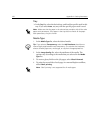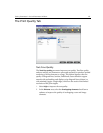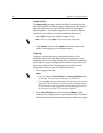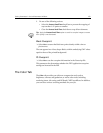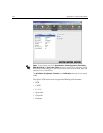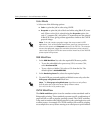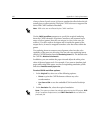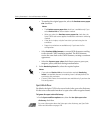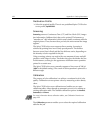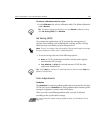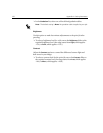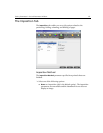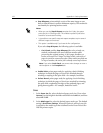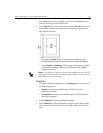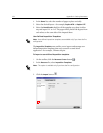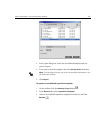
188 Appendix A– Setting Parameters
Destination Profile
¾ Select the required profile. There is one predefined Spire CX250 color
server profile,
SpireDC250.
Screening
Screening converts Continuous-Tone (CT) and Line-Work (LW) images
into information (halftone dots) that can be printed. The human eye
“smooths out” this information, which seems visually consistent with the
original picture. Thus, the more dots per inch, the more natural the image
appears.
The Spire CX250 color server supports line screening. Screening is
achieved by printing lines in an evenly-spaced pattern. The distance
between screen lines is fixed, and the line thickness varies, depending on
the intensity of color required for the job.
Using screening, printers can work with even amounts of toner and still
produce a wide range of colors. The darker the color, the thicker the line.
In this manner, screens give the appearance of different toner quantities
printed in a certain area.
The Spire CX250 color server currently supports a line screen of 200 lpi
(
200C is the default setting). The screen of each separation is printed at a
different angle.
Calibration
The purpose of color calibration is to achieve a consistent level of color
quality. Calibration corrects printer colors by measuring a color density
chart.
The Spire CX250 color server calibration tool enables you to create
calibration tables, either through an automatic process or by editing an
existing calibration table. The available calibration options are
Normal,
Saturated, and None.
The
Calibration parameter enables you to select the required calibration
table for the job.
For more information about calibration tables, see Calibration Overview on
page 108.



